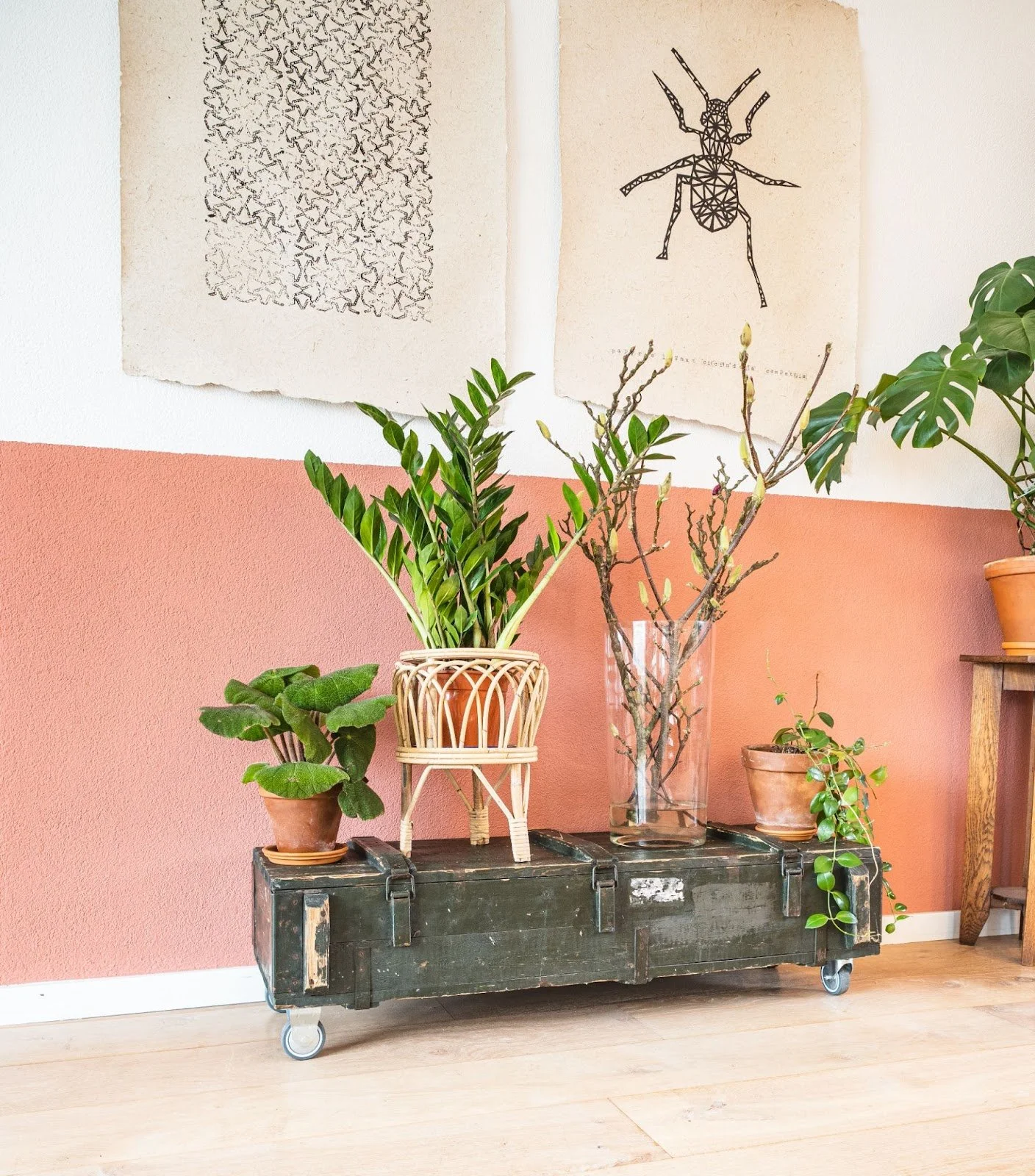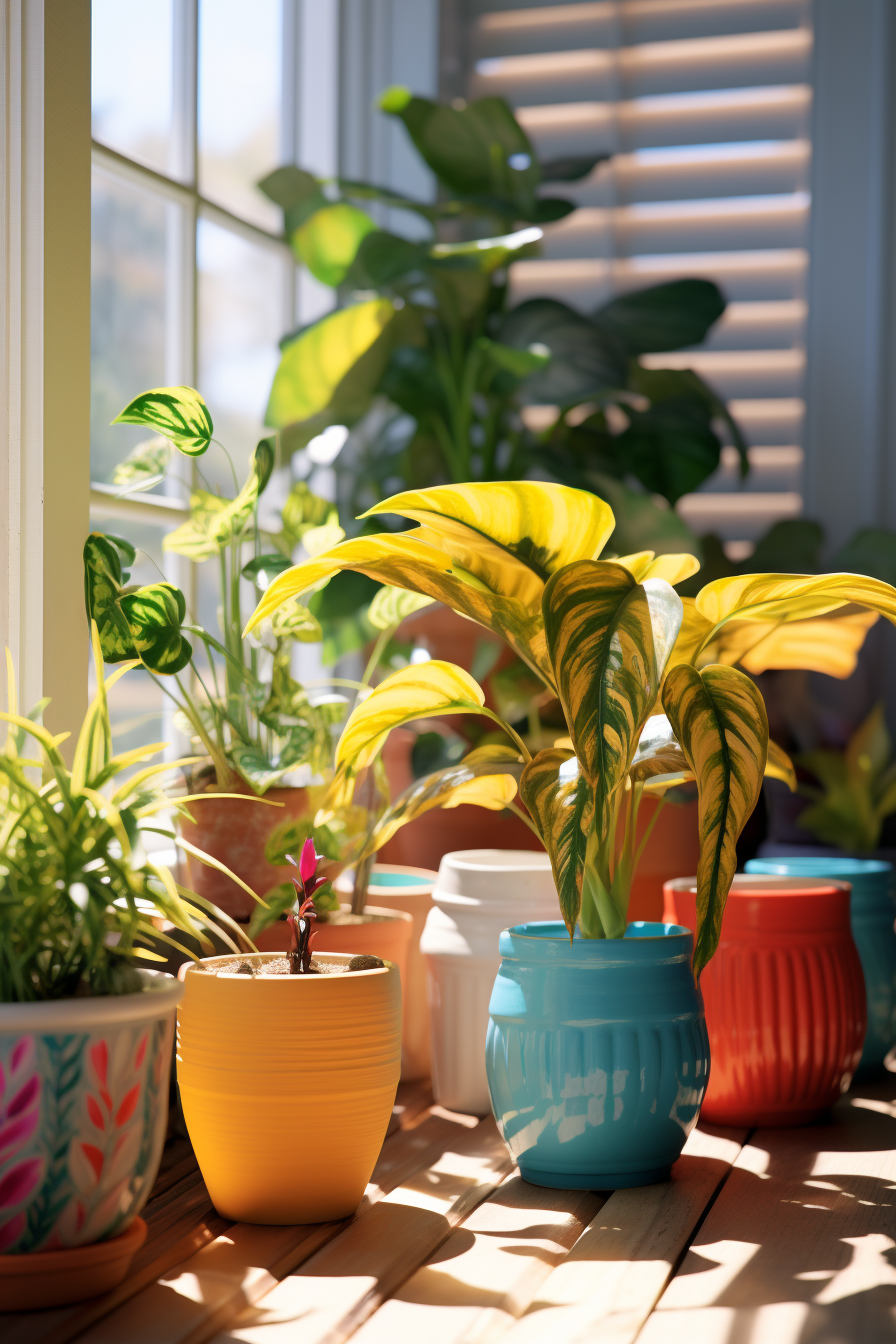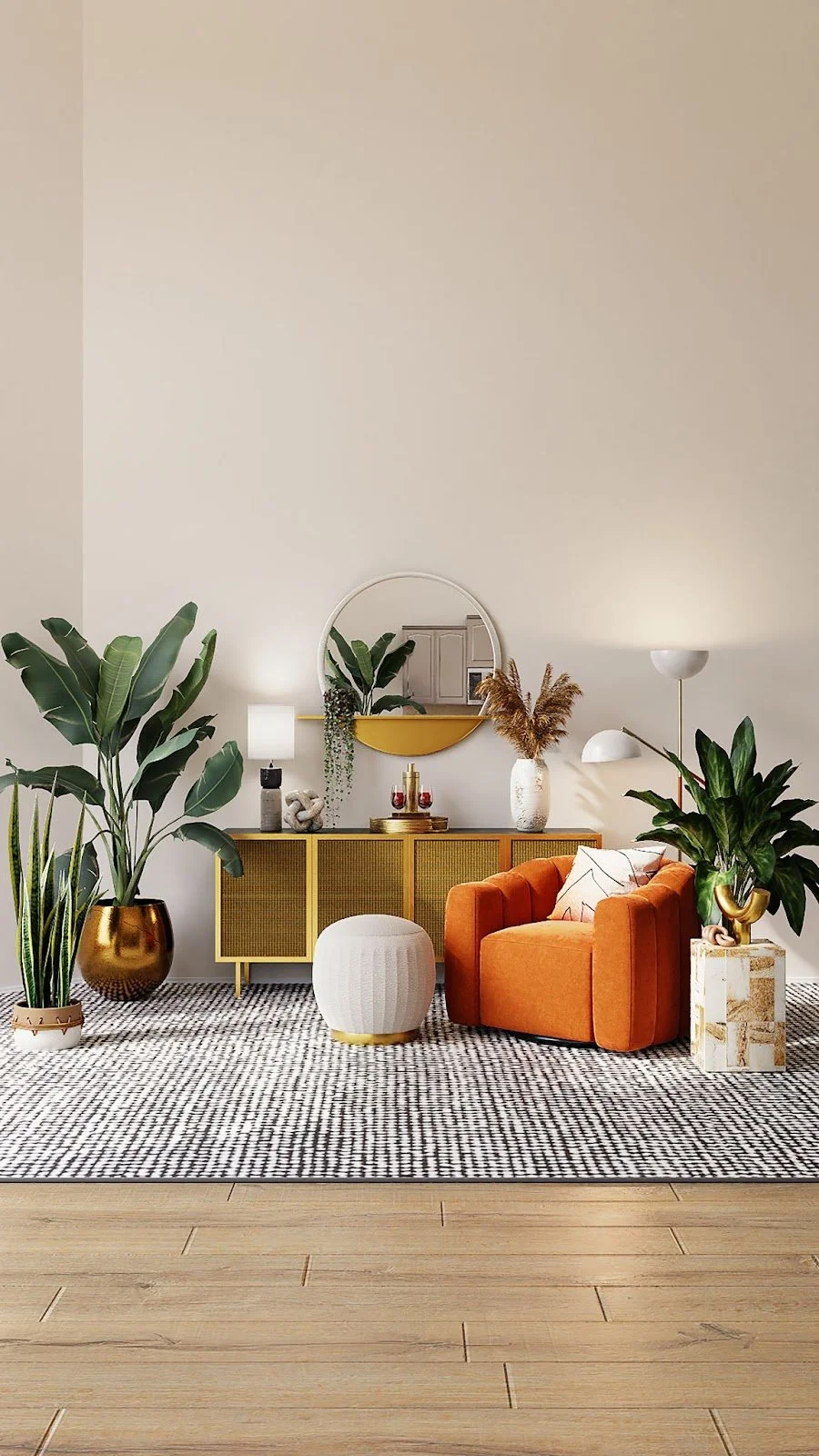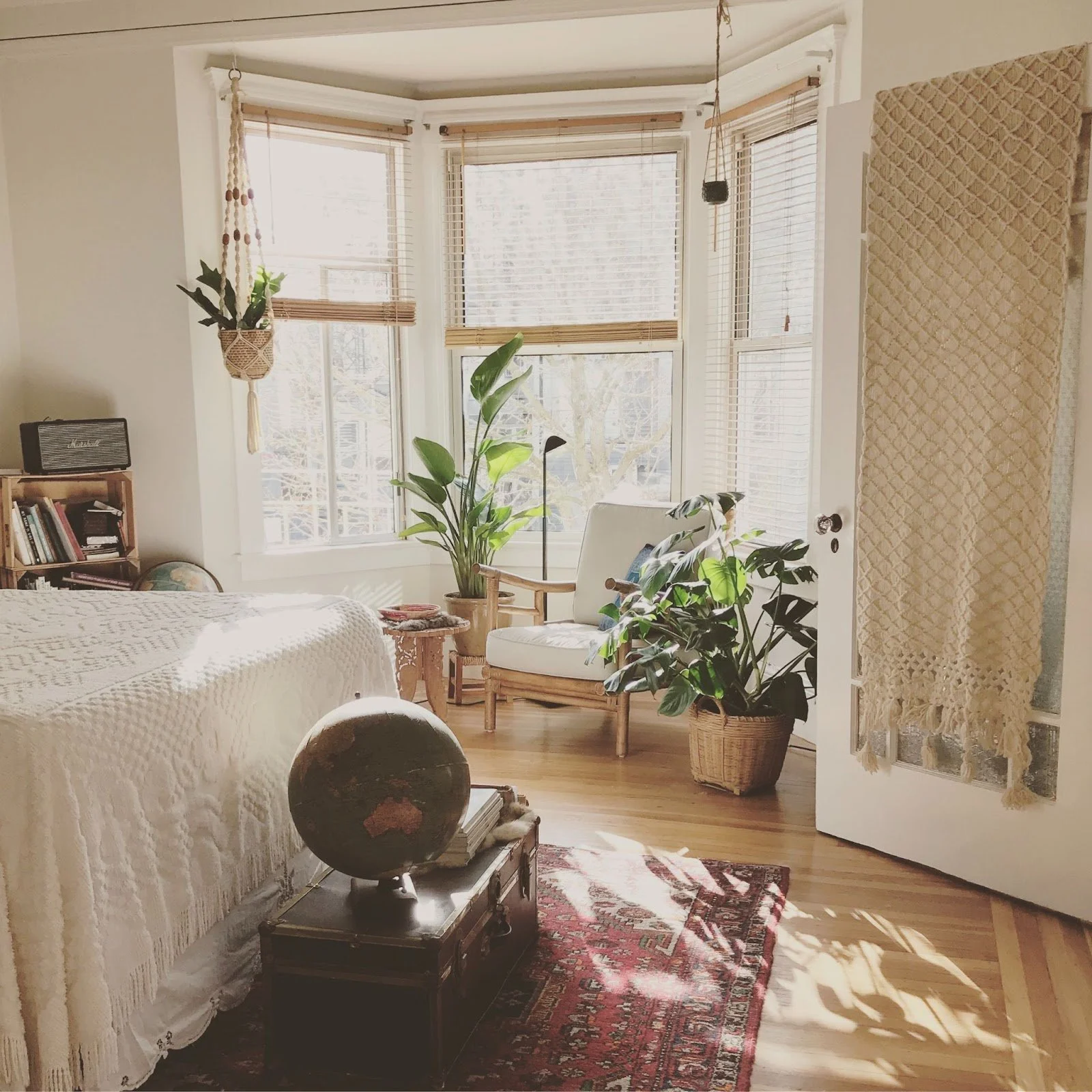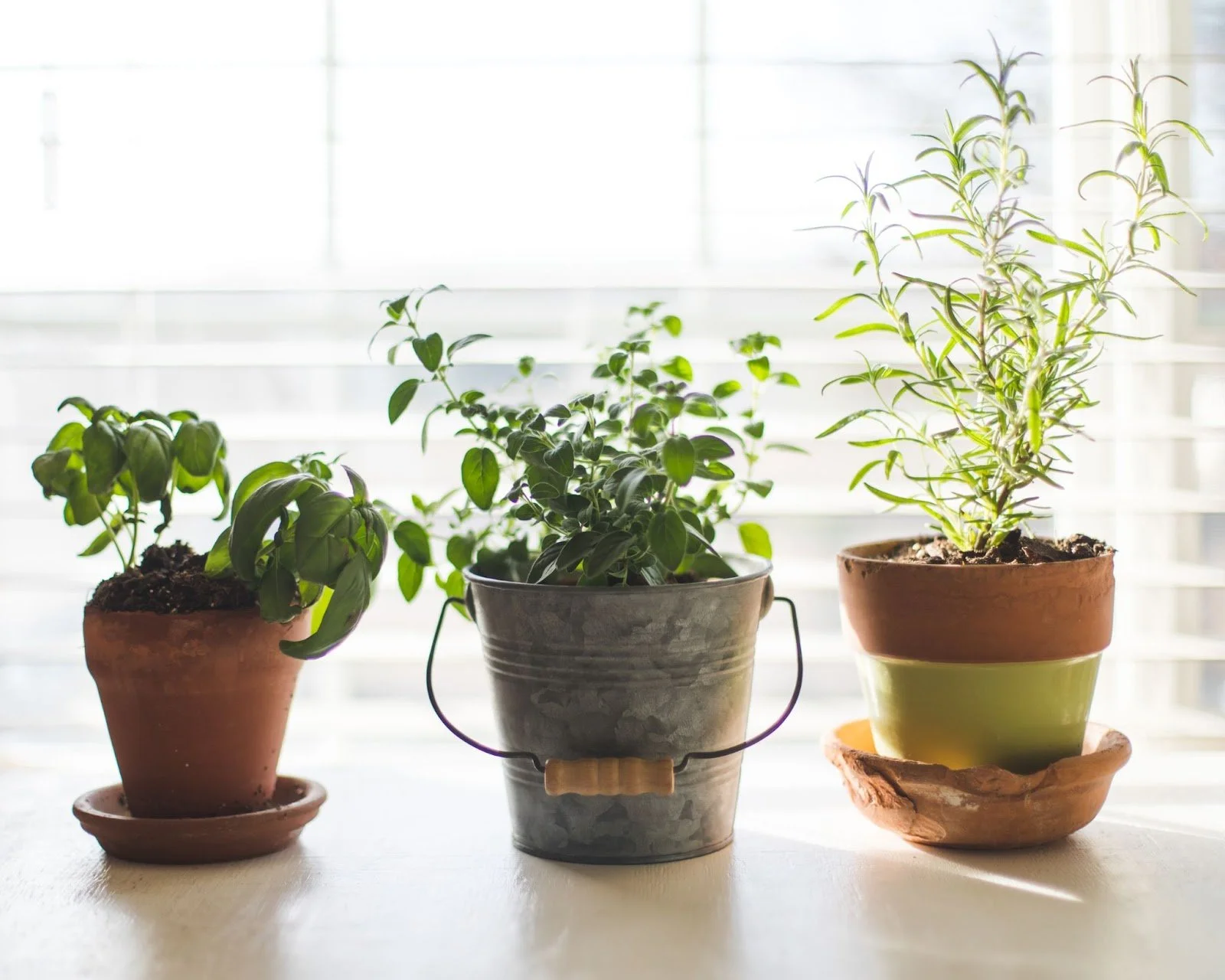How To Decorate with Indoor Plants in Mexico
Bring that extra touch of life to the interior design of your home in Mexico by decorating with indoor plants.
Plants do more than just adding a touch of green to your living space. Their unique colors, textures, and life can bring about a sense of calm, improve indoor air quality, and even enhance productivity. But how do you seamlessly integrate plants into your interior design with indoor plants, without overwhelming your space? We'll explore the nuances of plant-based interior design to help you create your own green oasis at home.
Consider Your Space and Light
Before introducing plants into your interior design, consider the amount of light your space receives and how this may affect your plant choices. Every plant has its unique needs. Understanding these needs will not only make your space aesthetically pleasing, but it will also ensure that your plants thrive. While plants can go in just about any space, it’s important to consider the amount of effort you want to put into caring for them, as well as accessibility if they are going to need a lot of water. If your space doesn't have a lot of light but you still want that green touch, you can also opt for artificial indoor plants.
Partition the Space
Using plants to divide an open-concept room is a beautiful, if not dramatic way to add life to homes, businesses, and offices. Plant screens offer privacy while keeping the room feeling open and light, as they still allow light and space to pass through. Add plants to an already made partition or dividing shelf, create a “hanging wall”, or create a frame for plants to grow up or around to become the partition itself.
Add Layers of Texture
Decorating with indoor plants adds an exciting textural element to your space, especially when layered over a flat surface. These textures engage multiple senses - sight, touch, and smell - and draw the eye around the room to make it more interesting and engaging.
Integrate Plants with your Color Palette
Plants can be a great tool to either contrast or complement your existing color palette. Green can go with everything, but beyond that, you'll find plants with vibrant hues of red, pink, purple, the options are endless! Don’t forget about the color of the pots too, which can serve as an extension of your chosen palette and overall design style. Some great color combinations for your greenery include pink, purple, green, blue, and gray.
Highlight or Disguise Features
When used tactfully, a design with indoor plants in mind can draw attention to specific features in your design. They can trace architectural lines or emphasize the transition between different materials, creating an added layer of interest in your room.
Conversely, plants can also be used to disguise unwanted features or make sense of awkward elements in a room. An unattractive column in the middle of a room can be transformed into an eye-catching feature when covered in plants. Or, perhaps you want to disguise an ugly corner or unsightly cords? Decorating with indoor plants makes for an easy fix!
Utilizing Different Plant Sizes and Shapes
Designing with indoor plants is similar to designing with furniture. The size, shape, and scale of plants can significantly impact the dynamics of your room. For example, if your room’s visual balance is off on one side of the room, you can equalize it with a large plant. A tall plant can also make the room feel taller, subtly highlighting the room's actual height. So, decorate with decorate with indoor plants taller plants to fill empty corners and smaller plants for table-tops and shelves. Also, don’t shy away from hanging plants – they add another layer of depth to your design.
Providing Shade
Plants can be a natural way to create shade, with tall and draping plants effectively substituting or complementing curtains and shades. This can enhance thermal comfort both indoors and outdoors. Place a plant behind a chair near a window with a lot of natural light to make the space feel cozy and cool.
Food on Hand
Edible plants add practicality to aesthetics by providing fresh and locally-grown ingredients for cooking. Consider potted herbs in the kitchen to have them on hand when needed. Some common and easy to grow herbs in Mexico include Cilantro, Mexican Thyme, Mexican Oregano, and Basil. You can also consider a small chili plant to add a pop of color. Put them in a Mexican ceramic pot to make them a beautiful addition to your kitchen decor. Smaller fruit trees such as lime and mandarin trees can also grow well indoors as long as they are provided with plenty of direct sun.
Draw the Eye Up and Around
Utilizing plants on various levels of your room encourages the eye to move around your space. Put a plant on top of a cupboard, on a shelf, on a table, on the floor. Not only does it highlight the plant, but it also highlights the other beautiful touches, finishes and materials in your space.
House Plants Suitable for Mexico
Beginners:
1. Spider Plant (Chlorophytum comosum)
2. Snake Plant (Sansevieria trifasciata)
3. Pothos (Epipremnum aureum)
4. ZZ Plant (Zamioculcas zamiifolia)
5. Peace Lily (Spathiphyllum)
More Experienced Plant Parents:
1. Fiddle Leaf Fig (Ficus lyrata)
2. Monstera Deliciosa
3. Bird of Paradise (Strelitzia reginae)
4. Anthurium
5. Orchids
Embracing the beauty and benefits of indoor plants can transform your living space into a serene, vibrant oasis. Choose plants that resonate with your style, and remember to consider their care requirements for them to thrive in your home. Happy decorating!
Want help integrating some of Mexico's local plants into your space with a design expert's touch? Contact Us!

